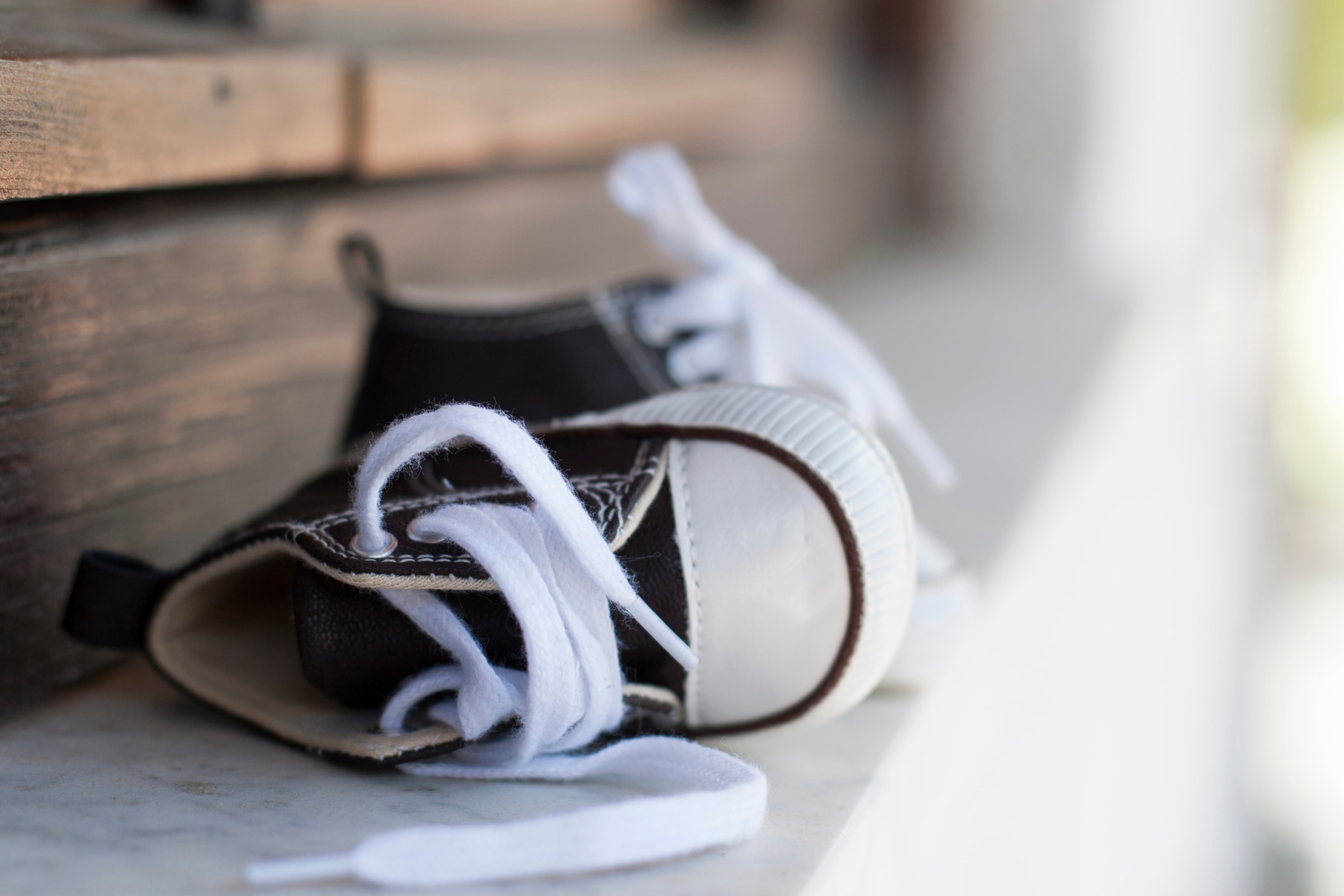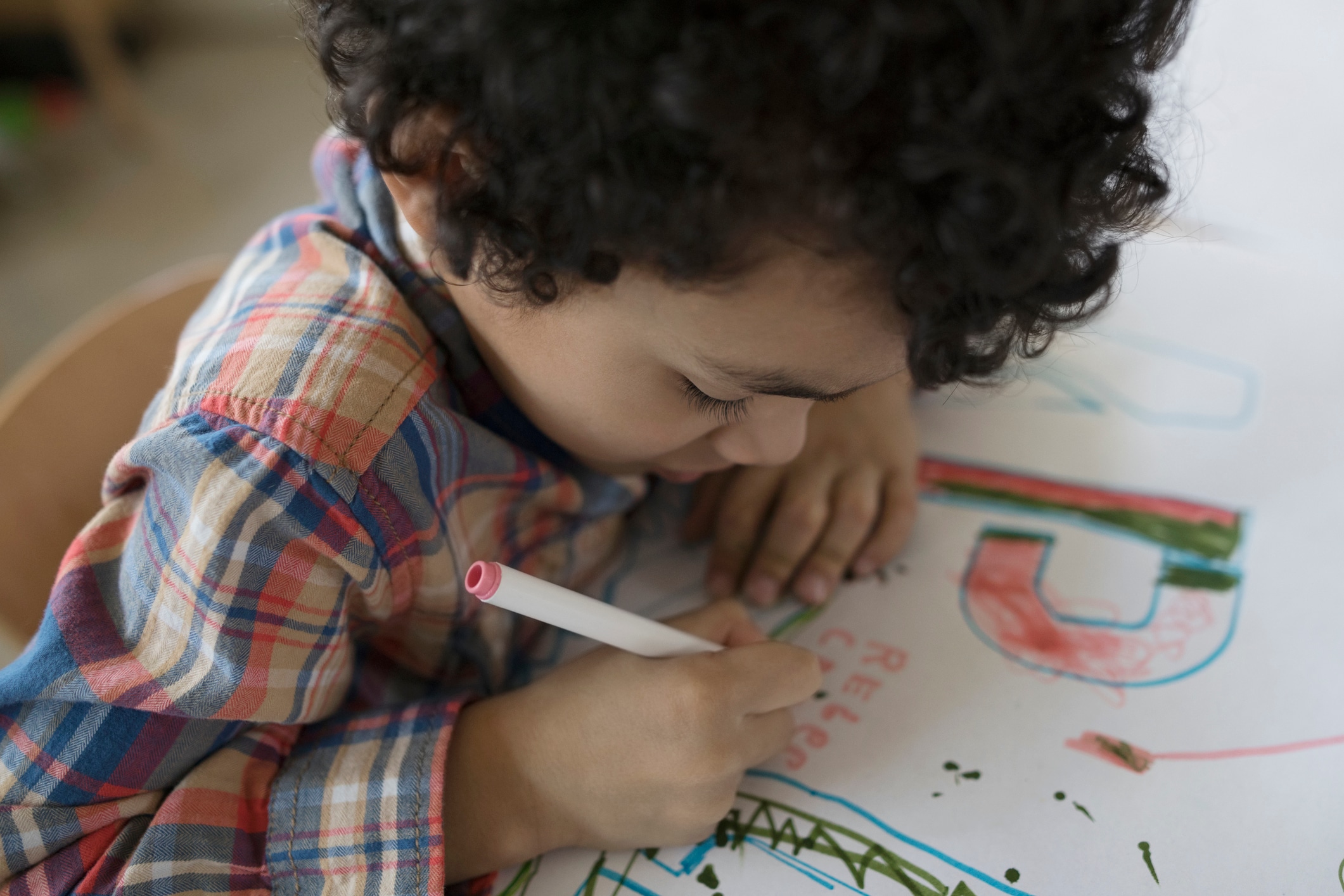Moving to a new town or city is always challenging, but it is even more complicated when moving with kids.
“Children, not unlike adults, need the stability of safety and belonging. A move is a big change. As we lose our sense of familiarity, it can feel destabilizing,” says Jennifer Tang, a licensed clinical psychologist and director of Everwell Health and Counseling in Michigan. “Children are known to be resilient, but they thrive on stability and familiarity that helps them feel safe, secure and thus able to take on and embrace new challenges and changes.”
Tang believes that families are the backdrop of stability during this period of instability. “Parents are the biggest, if not their only, source of familiarity as children adapt to a new town and new home,” adds Tang. By bonding together as a family, she says “parents can help kids feel that sense of safety, belonging and stability.”
Ahead, mental health experts and parents provide nine tips on how to help kids cope with the change after a move.
1. Practice self-care
As tempting as may be to focus only on the kids, Tzivy Reiter, a licensed clinical social worker and director of children’s and trauma services for Ohel Zachter Family National Trauma Center in New York says, “First, the parent needs to take care of themselves and manage their feelings regarding the move, which is sure to be a major adjustment for them.”
She explains that kids, especially young children, often pick up on their parents’ cues — not just what a parent says but their tone of voice, body language, facial expressions and mood. “Parents often set the tone for how their children will cope,” adds Reiter, “so parents need to engage in self-care to cope with the stress of relocating so they can optimally support their children.”
Some self-care tips for parents include:
- Getting enough sleep (7-9 hours is recommended).
- Making time for yourself (this could be a few minutes for meditation, a yoga class, a walk to enjoy nature or while you reconnect with a friend or watching your favorite TV show).
- Drink enough water and eat nutritious meals.
- Find a therapist (Moving is considered a top 5 stressful life event for a reason, so having the support necessary during this transition is key.).
2. Involve and prepare children
“Our kids find transitions relatively easy,” says Nicola Curtin, a therapist at The Women’s Center of Southeastern Michigan and a parent of two kids, whose family recently moved from the West Coast, “but we also made sure to show them on the map where we were going, showed them pictures of the town and the temporary housing where we would stay. For our 6-year-old, we did this with several weeks of lead time.”
Reiter says that explaining to kids the reason behind a move, such as for a new job or to support family members, is important so that they may be better emotionally prepared.
“Visit in advance or show them photos,” she adds. “Let them be involved in decorating their new room and planning what they want to see in the new city, such as a local zoo or amusement park.”
3. Establish a routine
“Children thrive on familiarity and routine,” says Tang, “because those things provide consistency and structure, which then help create the foundation of safety and belonging.”
Reiter also emphasizes the importance of routine. “While the outside world may seem unfamiliar, you want to establish as much safety and familiarity as possible within your new home,” she explains. “Even if it takes time to unpack and settle the rest of the house, try to unpack your child’s room immediately, giving them a safe haven and stability.”
Finally, maintain consistency with familiar routines such as bedtime, playtime and mealtimes.
4. Don’t rush the process
“Meaningful relationships take time to develop as they necessitate the mutuality of shared experiences,” says Reiter. “Don’t pressure yourself or your children.” Instead, she recommends establishing connections organically, such as by joining activities or clubs that tap into your natural interests and hobbies.
5. Acknowledge the loss
Curtin is a big believer in allowing kids to mourn and feel sad sometimes. “Moving is hard,” she says. “There are lots of little losses, and I let our kids honor and feel those even as we focused on the excitement of exploring a new place.”
A sense of loss is almost inevitable with relocation. “When navigating a move with your family, it’s important to allow yourself and your children to be genuine about their feelings,” says Reiter. “You can be optimistic and excited about an upcoming move, and (notice I didn’t say but) also honor and validate the sadness that accompanies a move.”
Reiter acknowledges that parents often have a hard time making space for both of these emotions. “Loss and sadness over what was left behind are real,” she adds. “However, it doesn’t invalidate excitement and positivity about a new neighborhood. Acknowledging and modeling this duality for your children can help them integrate their old and new environments more successfully.”
6. Help kids remember
“Help children remember the experiences they had and where they moved from,” says Tang. “Be intentional at staying connected with their old friends there, so that way they don’t feel like they lost all their connections and that source of familiarity and support.”
Some ideas from Tang and Curtin for remembering and staying connected include:
- Have a Zoom playdate (e.g., a show ‘n’ tell for younger kids or a video game date for older kids). Curtin, who moved with her family in the middle of the pandemic, says, “FaceTime dates with friends and family in our old home was huge — which demonstrated that we can move, but still be connected.”
- Exchange photos and notes with friends.
- Keep an item or items that remind kids of their old home (e.g., a family photo, blanket, plushies, favorite pajamas, toys, etc.).
- Plan a visit back to the old hometown, if possible, so children know the place is still accessible to them.
7. Make time to reflect
Often, parents and strangers alike are quick to ask, “How do you like this new city?” but Tang says it can be supportive and encouraging to make space to reflect on what kids miss about where they just moved from. “Reflection allows space to explore,” she adds, “and build a positive narrative of what you gained, how you grew, how it shaped your identity and what you bring to your new life here.”
8. Validate homesickness
When it comes to homesickness, Tang says it is important to reassure kids that feeling homesick is normal and advises the following:
- Validate what is hard. “Don’t be quick to say only platitudes like, ‘Don’t worry, you will get over this,’ but rather, validate their feelings with something like, ‘I hear you. That does sound so tough. It can be so hard to no longer have your best friend to play with you at recess.’”
- Share how you feel, too. You can try saying something like:
- “Thank you for sharing how you feel, I miss ______ about our old hometown too”
- “It is a big change. It definitely makes sense to feel sad and frustrated right now.”
- Help your child name how they are feeling. Or if they are older, you can reaffirm what they express as their feelings, by simply saying, “Thank you for sharing your feelings with me.”
- Label your own feelings. Tang encourages parents to reflect and tell their own story to their kids. This will help kids feel less alone and it will model how you handle the changes and challenges.
9. Cultivate familiarity
“The only way to combat social anxiety is familiarity,” says Tang, “and exposure is needed to cultivate familiarity.” That means that despite some children’s desire to withdraw and avoid, she says it will help them best in the long term to continue with certain activities and tasks that may cause some anxiety initially so they can become more familiar eventually and overcome their anxiety.
At the same time, Reiter encourages parents to recognize that a big transition will take time. “Refrain from asking [your child] every day if they made a new friend or sat with anyone at lunch,” she notes. “Be there for them through their sadness, and try not to add to it with your own anxiety.”





